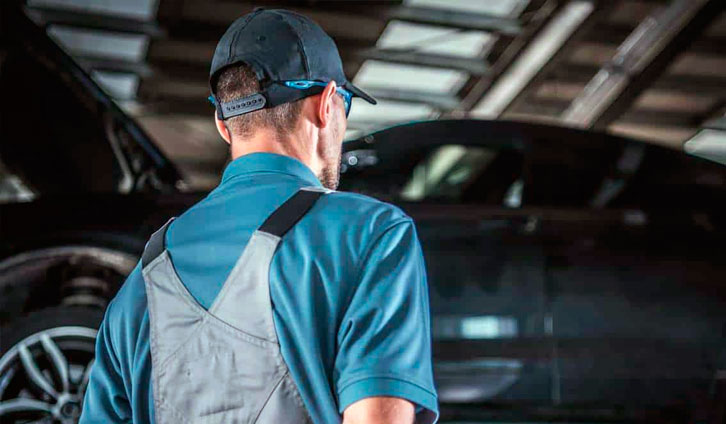If your vehicle has advanced safety features like lane-keeping assist or automatic emergency braking, it relies on cameras and sensors often mounted behind your windshield. When you replace your windshield, those systems need calibration to function correctly. Here’s what windshield calibration is and why it matters.

What Is Windshield Calibration?
Windshield calibration is the process of precisely aligning your vehicle’s Advanced Driver Assistance Systems (ADAS) cameras and sensors after glass replacement. Even slight shifts in camera angles can cause the systems to misread the road, creating false warnings or failing to detect obstacles.
According to the Insurance Institute for Highway Safety (IIHS), ADAS functions are only reliable when properly calibrated to manufacturer specifications.
When Calibration Is Needed
Any time your windshield is replaced, calibration is necessary if your vehicle uses a front-facing camera or sensor. Additionally, calibration may be required if:
- You have had a collision or airbag deployment.
- Your vehicle’s suspension has been modified.
- The camera was removed or disconnected.
Failing to recalibrate these systems can compromise your safety and result in inaccurate readings.
Types of Calibration Procedures
There are two main types of calibration:
- Static Calibration: Performed in the shop using specialized targets placed around the vehicle. The vehicle remains stationary while technicians adjust the camera alignment.
- Dynamic Calibration: Involves driving the vehicle on the road to allow the cameras to relearn reference points. This process typically requires a clear day and well-marked roads.
Some vehicles require both static and dynamic calibration to meet OEM standards.
How Calibration Works
Calibration requires advanced diagnostic tools and precise measurements. Technicians connect the vehicle to a computer interface that communicates with the camera system. Targets are positioned at set distances to help the system “see” correctly.
During dynamic calibration, the technician drives at specific speeds so the sensors can detect lane markings and road features.
How Long Does Calibration Take?
Windshield calibration usually adds 1–2 hours to the replacement process. In some cases, dynamic calibration requires more driving time to complete successfully.
At Speers Auto Glass, we have the training and equipment to handle all calibration procedures safely and efficiently. You can learn more about our windshield replacement services here.
Why Calibration Matters for Your Safety
ADAS features are designed to protect you and your passengers by reducing the likelihood of accidents. If cameras are not correctly calibrated, you may experience:
- False alerts for collision warnings
- Lane departure alerts that don’t work
- Malfunctioning adaptive cruise control
- Increased risk of accidents due to sensor errors
Transport Canada highlights the importance of recalibrating sensors after windshield replacement. You can read more in their defect investigations resource.
Contact Speers Auto Glass today to schedule windshield replacement and calibration so your safety systems stay reliable.
Related Posts in This Series
- How ADAS Affects Windshield Replacement
- What to Expect During Windshield Replacement
- How Much Does Auto Glass Replacement Cost?
